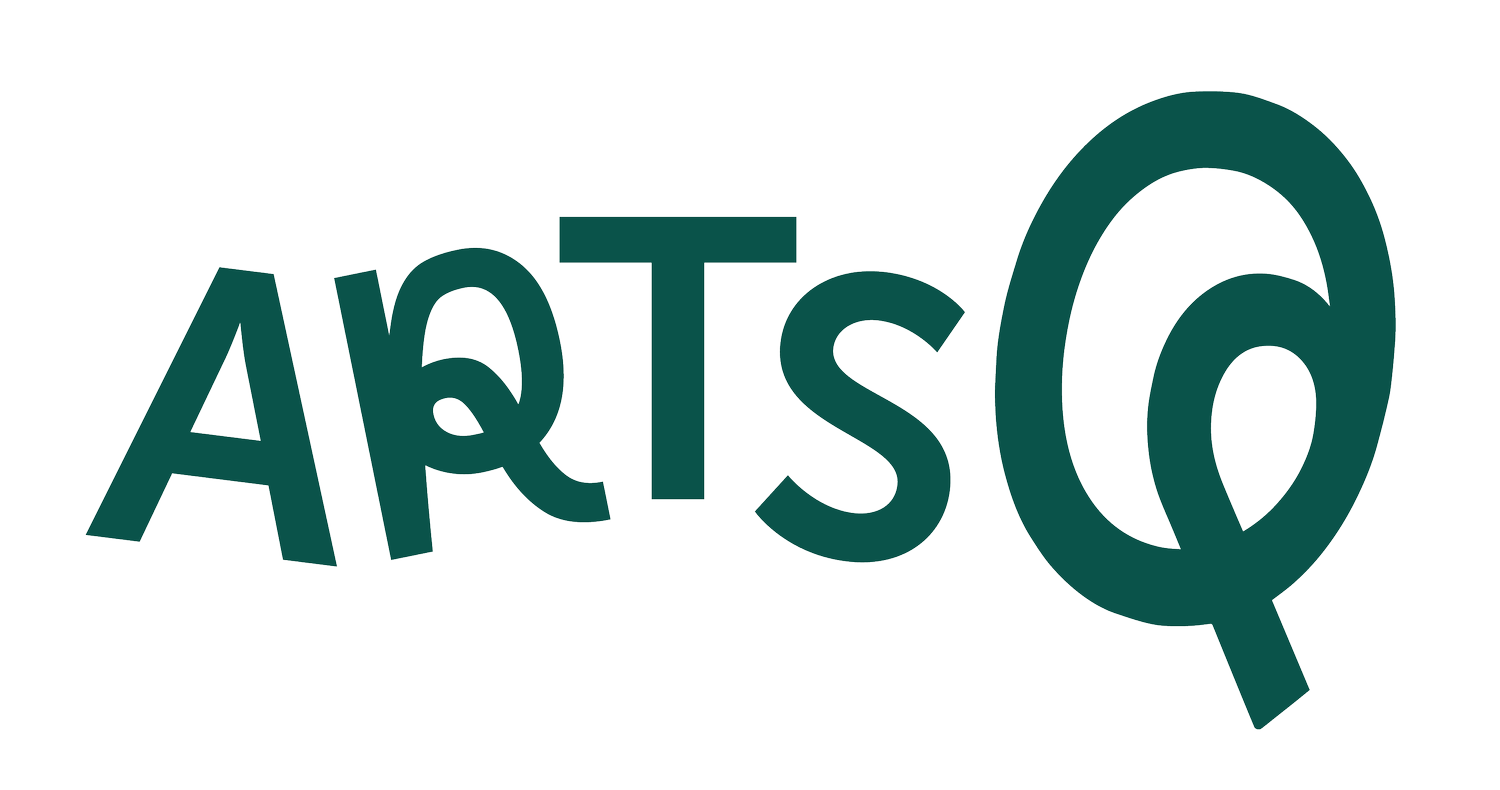The Aztec Sun Stone ("Calendar Stone")
Step into the Hall of the Aztecs at Mexico City's National Museum of Anthropology and prepare to be amazed by the Aztec Sun Stone (also called the Calendar Stone or Piedra del Sol in Spanish). The Sun Stone was originally sculpted in the Aztec capital of Tenochtitlan and was rediscovered in 1790 at the edge of the Zócalo (or Plaza Mayor) in Mexico City. This massive rock reveals the Aztecs' understanding of the universe or their cosmic beliefs.
Uncover the stories of the five different times or Suns, the epic battles fought by the sun god, Tonatiuh, and the symbols of animals and other elements that are calendrical glyphs on this incredible stone. Did you know we are living in the fifth sun, called Nahui Ollin? The Sun Stone offers a fascinating glimpse into Aztec civilization and culture. It’s not hard to see why it’s one of the most famous artworks in Mesoamerican history!
Plus, the National Museum of Anthropology (Museo Nacional de Antropología) is one of the best museums in Mexico (OK, one of the best museums in the world!). Anyone traveling to Mexico City is almost certain to visit the Great Hall of the Aztecs, where the Calendar Round looms over everything else!
Learn more about the Aztec Sun Stone and how it relates to Aztec cosmology in this video!
Main artwork
Mexica artists (Aztec artists), Sun Stone (also called the "Calendar Stone"), c. 1502–20, stone (basalt), found on the edge of the Plaza Mayor (or Zócalo) in Mexico City. National Museum of Anthropology (Museo Nacional de Antropología)
Learn more
Read about how the Aztec Sun Stone was rediscovered in 1790 on the edge of Mexico City’s main plaza and how it was illustrated in a book by Mexican author Antonio de León y Gama (article from the Getty Research Institute).
Walk through more of the “Calendar Stone” with an interactive by Google Arts & Culture.
National Learning Standards
World History
NSS-WH.5-12.4 ERA 5: INTENSIFIED HEMISPHERIC INTERACTIONS, 1000–1500 CE
